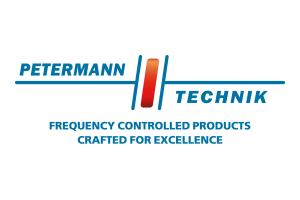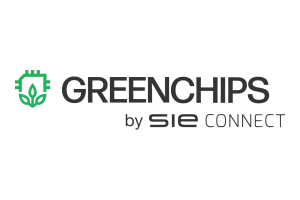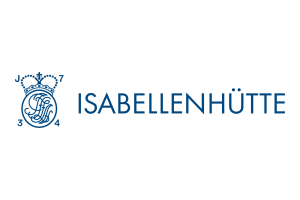5G Without Mobile Communications
Get Started with DECT NR+ Now
Fortsetzung des Artikels von Teil 1
Roadmap for DECT NR+
? What does the roadmap for DECT NR+ foresee? What steps will follow now and when will the first DECT NR+ network be available?
! Weisshaupt: Here the scope is more related to our work done as representatives of ETSI TC DECT. This group has structured DECT NR+ work into releases, which will contain enhancement for the technology in terms of new features and performance. Release 1 is in maintenance mode, i.e. only corrections to errors are done based on implementation and testing findings. Release 2 enhancements work has been ongoing and content freezing is planned by June 23. The work finalizing release 2 standards continue till the end of 2023.
DECT technology roadmap is maintained in TR 103 513 and more detailed future releases topics are in report TR 103 777.
In addition – DECT NR+ is designed Protocol agnostic and engagements with higher layer standards such as Matter, DLMS (for smart metering) are progressing, IPv6 is part from the beginning. We can only invite any other standardization group or industry initiatives who require a large scale and reliable underlying wireless connectivity to evaluate DECT NR+ as an option for adoption.
! Piikivi: Nordic will support DECT NR+ on the nRF91 family, so future nRF91 System-in-Packages can also be used in DDECTNR+ devices. The implementation will reach speeds of 3.4 M bits per second while the initial Mesh implementation is reaching already 1Mbit/s between two mesh nodes..
With regards to the question of first DECT NR+ networks, the DECT NR+ offers the customers the possibility to make private 5G mesh networks as part of their device installations. It is not seen at the moment that there would be general DECT NR+ network providers. The communications infrastructure is made by the devices directly, enabling the companies to control their infrastructure independently, and allowing the communication and power usage profile to be optimized for the application at hand.
Nordic works with selected beta customers who are developing devices and technology on top of DECT NR+.
________________________________________
DECT NR+ network
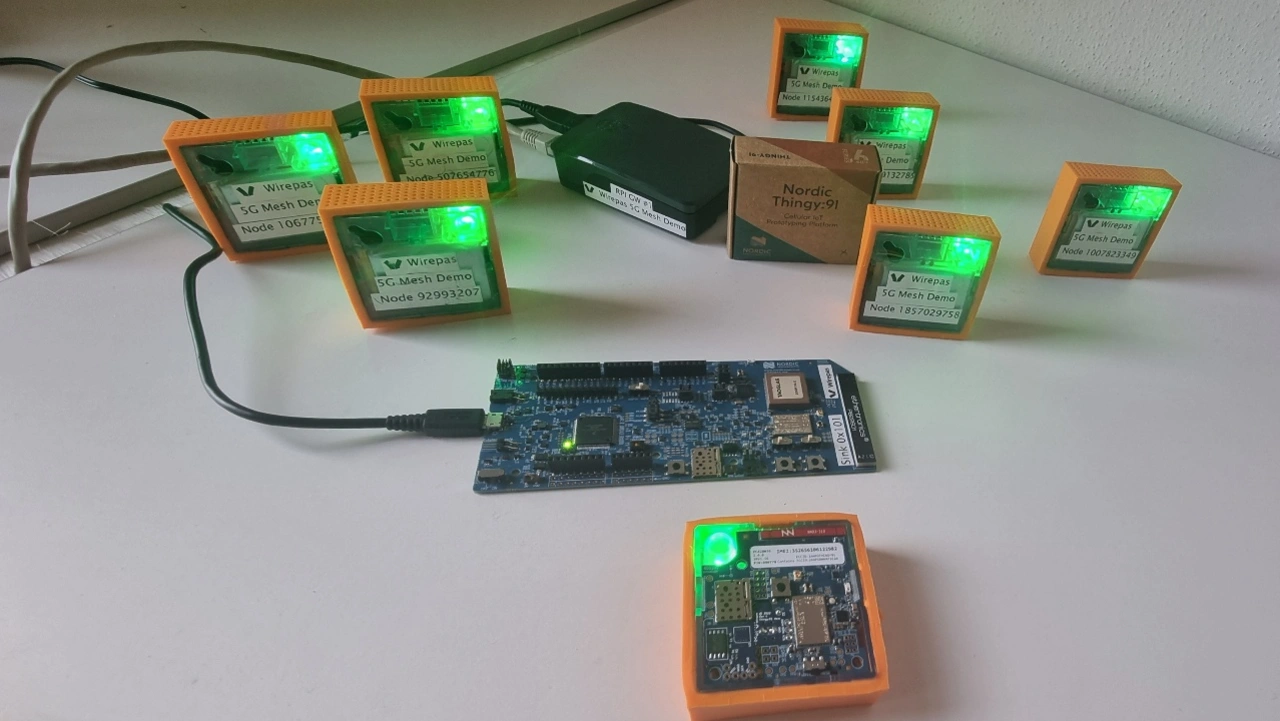
For the demonstration of a DECT NR+ network at Embedded World 2023, Wirepas used the following modules (Fig. 1):
- A "sink" node – in the photo (Figure 1) the "nRF9160 DK" development module from Nordic Semiconductor (without housing). It forms the top of the network tree and is the starting point of the routing tree. Via a serial interface, the sink node is connected to a Raspberry Pi, which acts as a gateway to control the data traffic between the backend and the Wirepas network. The DECT NR+ network forms autonomously and decentrally, a predefined "network tabling" is not required
- A Raspberry PI. The gateway software runs on it, which in the demo sends the diagnostics data from the nodes to the web application (Wirepas Network Tool) as payload via mobile radio using a standard 4G radio modem and MQTT (Fig. 2).
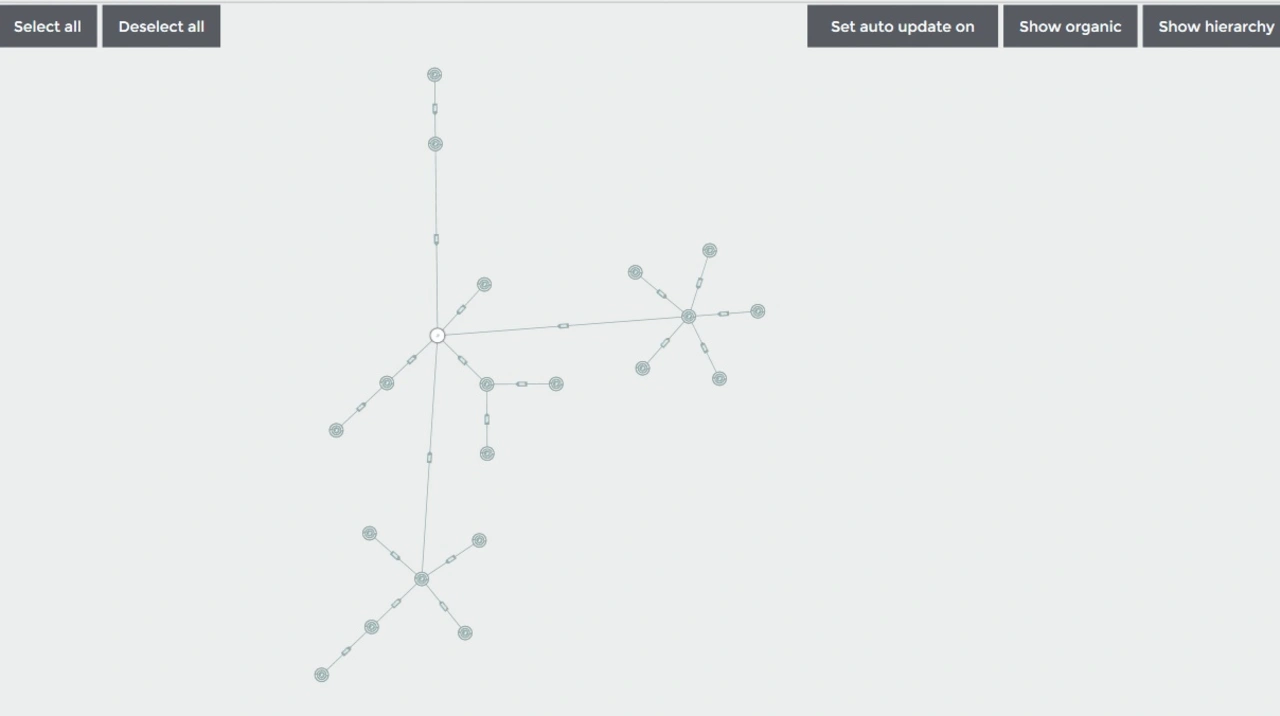
- DECT NR+ end nodes – in the photo (Fig. 1) the prototyping platforms "Nordic Thingy:91 from Nordic Semiconductor in orange housing and green glowing LED. The DECT NR+ firmware with Wirepas' standards-compliant 5G mesh implementation – a standalone MAC layer with transport and routing layers – runs on Nordic Semiconductor's SiP nRF 9160, which is built into the "Nordic Thingy:91" prototyping platform. Each Thingy:91 is thus an autonomous router and access point for a DECT NR+ network and can be programmed simultaneously as a sensor or actuator. By swapping firmware, a Cellular-IoT prototyping platform with the nRF 9160 becomes a DECT NR+ node.
________________________________________
? In which areas and market segments do you see the greatest potential for DECT NR+?
! Ottink: One of the design guidelines for the new standard was that it should be agnostic, in other words open to all kinds of applications. Smart metering will be the first application, but we see major possibilities in industrial plants and hospitals. The need for secure, low-cost and easy-to-deploy wireless connectivity is growing everywhere and NR+ will take a substantial part of the cake.
! Piikivi: No single technology can conquer the IoT market, it is always a question of selecting the technology to match the system requirements. DECT is a new technology offering unique benefits for massive machine type communications and ultra reliable low latency communications.
Speed and latency are better than in most meshing solutions, allowing more data, or audio and data solutions. Battery operation is possible. The power consumption can be low, and will improve in future implementation and standard releases.
A unique feature of the DECT NR+ meshing solution is the that also the relays forwarding traffic can be made to save power by sleeping, in a design choice balancing power consumption versus communication latency.
IoT monitoring solutions, metering in particular, is seen as the greatest potential market in short term. Own global spectrum with very small variations in regions is a key point enabling fast implementation of systems and optimal bill-of-materials for devices. With the very small operational costs as a private, operator independent network technology new applications are made possible.
! Weisshaupt: There is no “one size fits all” - Matt Hatton wrote in his Book “the internet-of-things-myth" that we maybe need the Bluetooth moment for Industrial and commercial IoT the way we saw in smart home and personal gadgets enabling billions of connected devices. Starting with smart metering, DECT NR+ has a huge potential to unlock new business models for solution builders in the areas of buildings, energy grids and manufacturing.
The decision making of end users moves from “what network to build” towards checking the ROI of a solution deployed with a network integrated – DECT NR+ based solutions come with a network that has no need to be managed actively. With this novelty, DECT NR+ can turn many IoT business cases from negative to positive.
On use case side, we would leave it to the market to decide what will be the next big adoption wave coming for DECT NR+ – as humble tech providers, we see a huge potential for service providers that combine DECT NR+ with Cellular 5G broadband endpoints – e.g., in smart city or grid-edge solutions.
? How will DECT NR+ impact the role and future work of the DECT Forum?
! Ottink: The DECT Forum will continue to play the same role it has played for classic DECT for many years. There is a variety of activities that DECT Forum engages in. One of these is driving the roadmap for the technology which we do through cooperation with our members. Together with them the market needs and trends are investigated, and new features and functions identified for future releases. The actual implementation of the standard is handled by ETSI and its Technical Committee for DECT (TC DECT) in which the DECT Forum members are also represented. This alignment of the industry to create an open and common standard is important and will cause more companies to become interested and engaged. The DECT Forum expects many new companies to join as they will want to be part of shaping the technology to their own needs.
The DECT Forum also spends time and resources on marketing DECT NR+. Through webinars, conference presentations, participating in and organizing events such as DECT World we create awareness of the new standard to a wide and global audience.
Another important area for DECT Forum is Regulatory matters. The activities in this area are sometimes of a defensive nature, for example when we need to protect the DECT frequency band in countries where others want to start using it with the risk of causing interference. In Europe we do this work for example by participating actively in CEPT working groups.
On the other hand, we also engage in activities to expand already existing frequency bands or to open up new frequency bands in countries where DECT is not yet available. DECT Forum believes that the new DECT NR+ standard with all its new applications and business potential will be a driving force in opening up new markets.
- Get Started with DECT NR+ Now
- Roadmap for DECT NR+






